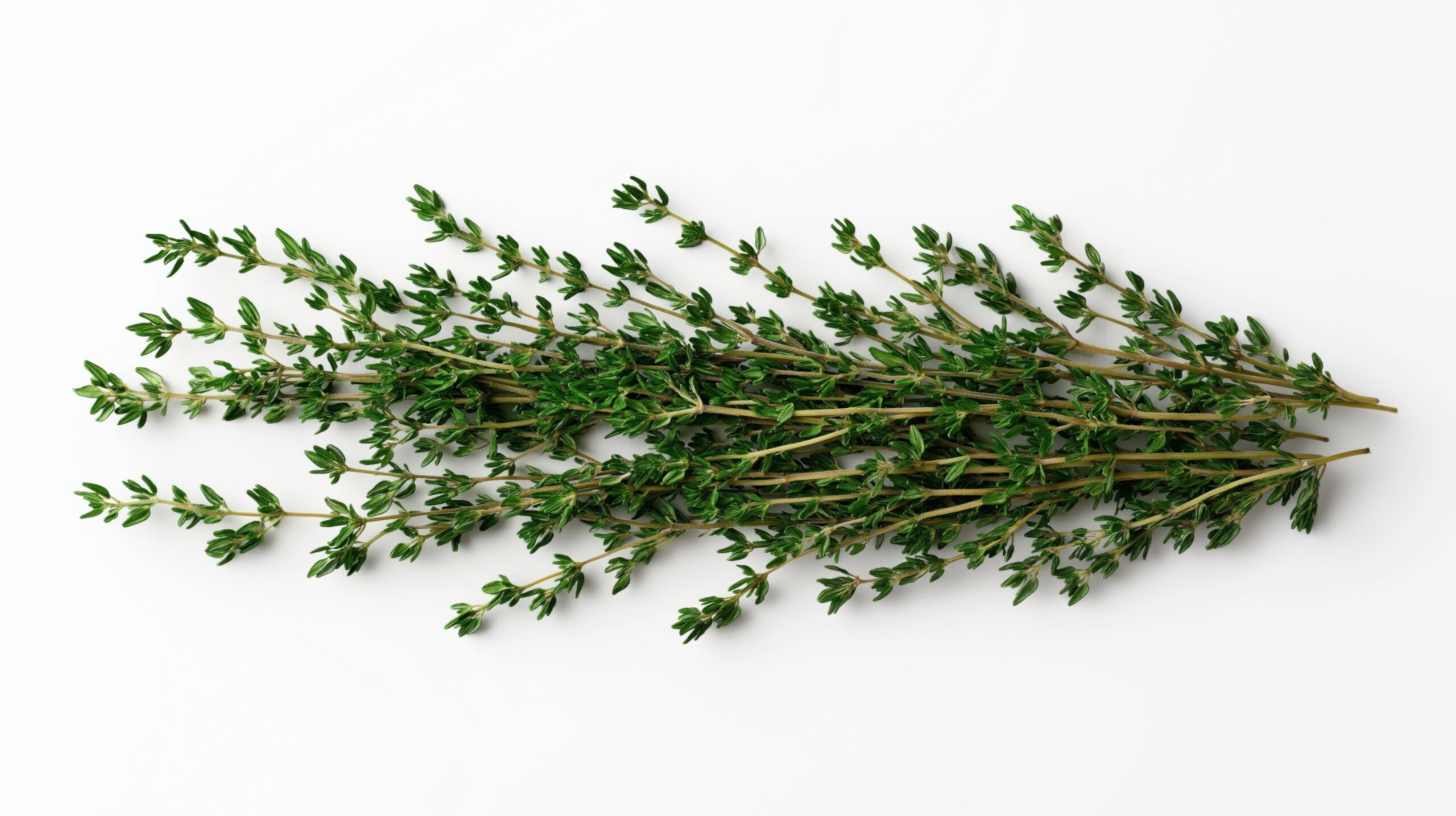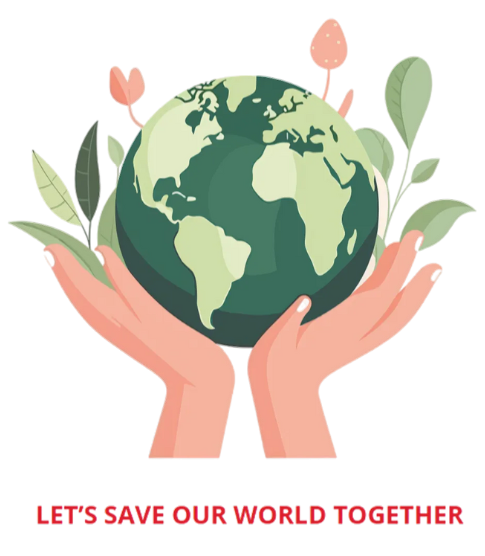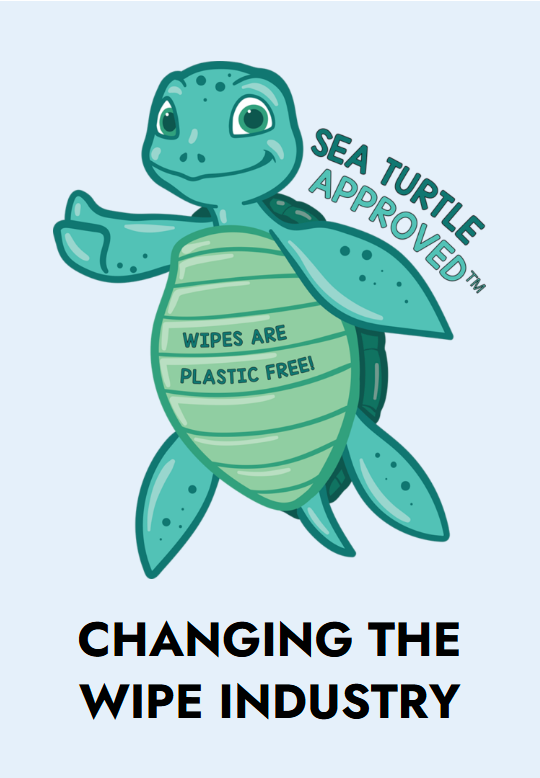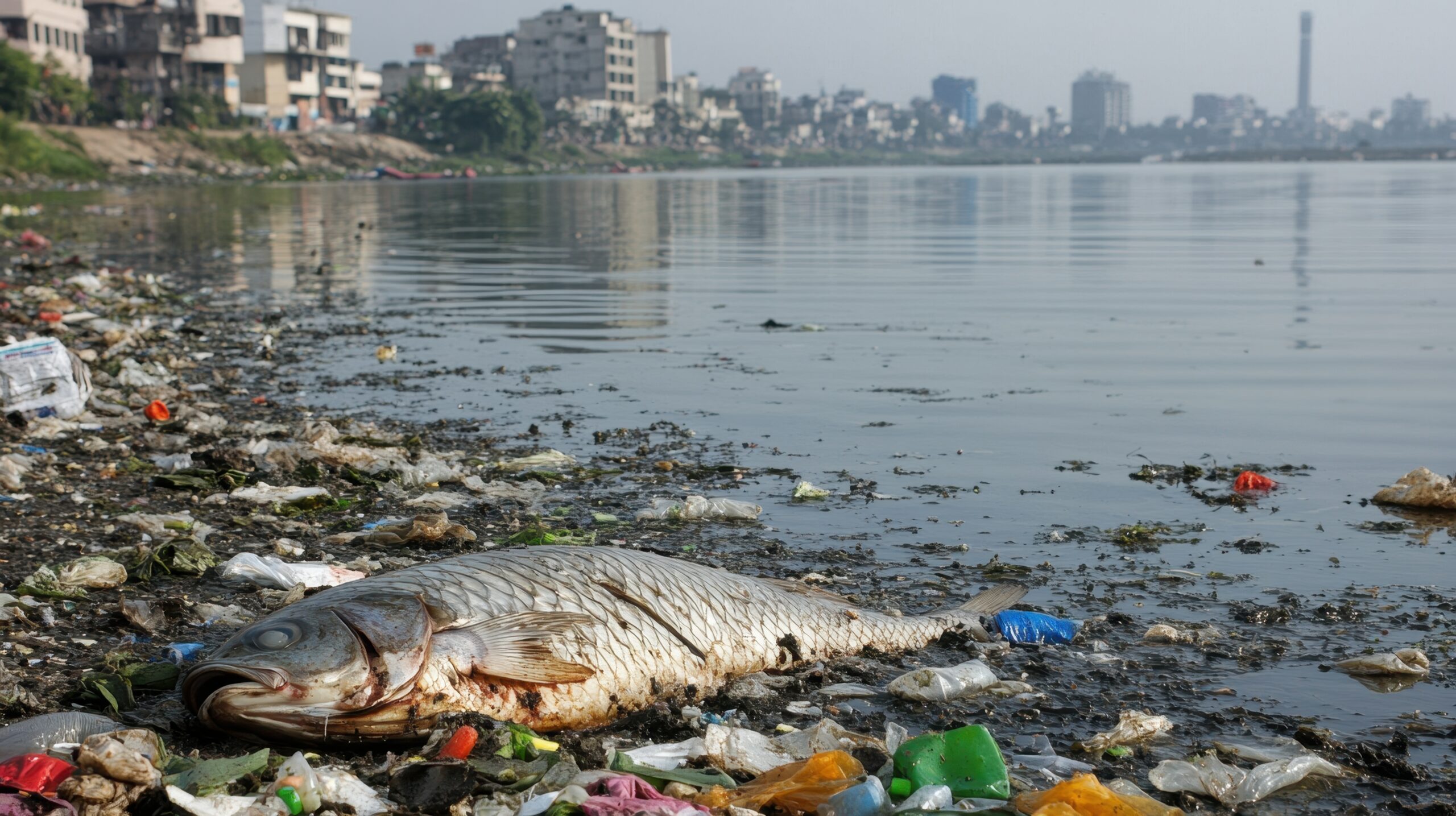Sustainable Wet Wipe Manufacturing Solutions
All Natural, 100% Compostable, Biodegradable Surface Cleaning Wipe
LET’S SAVE THE WORLD TOGETHER
REBEL is transitioning to plastic free substrates that are plant based. Our team is committed to safe, deep green chemistry to help save our oceans and the earth. Using eco-friendly packaging and sustainable materials, allows for safer and more environmentally friendly wet wipe products.
ECO-Friendly Processes for Sustainable Wet Wipes
Ridley the Turtle, Rebel Eco-Friendly Mascot
Say hi to Ridley the sea turtle – he is REBEL’s newest addition to symbolize our commitment to CHANGING THE WET WIPE INDUSTRY with REBEL’S plastic-free wipes. Rebel will be looking at ways to reduce plastic in our waterways and waste stream, by formulating effective “deep green” formulations onto renewable, compostable, and plastic free wipes. This will help Ridley and his family be able to live freely and healthy in our ocean without the disturbance of plastic wipes that may end up in his neighborhood. To learn more about Ridley and his impact on Rebel, tune into Rebel’s Eco-Friendly page.
At Rebel, we’re committed to protecting the planet by creating plastic-free products that are safe for animals, people and the environment. Our compostable wet wipes are made from naturally derived, plant-based materials—gentle on the skin and kind to the earth. We’ve chosen Ridley the sea turtle as our symbol of sustainability, representing our dedication to cleaner oceans and a healthier future. When you see Ridley, you know it’s ‘Sea Turtle Approved’ – a promise to reduce pollution and protect our planet for generations to come.
CLEAN WITH THE EARTH
Ridley the Sea Turtle was almost extinct in 1985. The population was down to less than 250 nesting turtles. By taking steps to protect their environment they now number about 9,000. REBEL believes in doing what we can to protect our environment as well as Ridleys, by offering plastic-free, compostable wipes with naturally derived Thymol based cleaning products. Thymol is an effective compound found in thyme oil, known for its antiseptic properties and fresh, herbal aroma.

FUN FACTS ABOUT RIDLEY the TURTLE
- Tiny but Mighty: Kemp’s ridley sea turtles are the smallest sea turtles in the world—adults are only about 2 feet long and weigh around 70–100 pounds!
- Mass Nesting Parties: They nest in large groups called arribadas, which means “arrival” in Spanish. Hundreds of female turtles come to the same beach at the same time to lay their eggs!
- Super Swimmers: Even though they’re small, Kemp’s ridleys are strong swimmers and can travel thousands of miles through the ocean.
- Lots of Eggs: A single Kemp’s ridley mom can lay about 100 eggs at a time, and she may nest up to three times in one season.
- Daytime Nesters: Unlike most sea turtles that nest at night, Kemp’s ridleys often come ashore during the day—which is pretty rare!
- Seafood Lovers: Their favorite food is crabs, but they also eat clams, jellyfish, and fish.
ABOUT THE RIDLEY SPECIES
Kemp’s ridley sea turtles are the smallest sea turtles in the world. They’re named after Richard M. Kemp, a fisherman from Key West, Florida, who helped scientists identify the species back in 1906. These turtles mostly live in the Gulf of America (which used to be called the Gulf of Mexico), but young turtles can travel far and have even been found as far north as Nova Scotia and across the Atlantic Ocean.
A long time ago, there were tens of thousands of Kemp’s ridley turtles nesting in the Gulf. But by the 1980s, their numbers dropped to just a few hundred. To help save them, people started protecting their nesting beaches and making changes to fishing rules to keep turtles safe.
POPULATION STATUS
The Kemp’s ridley sea turtle is an endangered species, which means it’s at risk of disappearing forever. Before the 1950s, these turtles were common in the Gulf of America. But between the 1940s and 1980s, their numbers dropped a lot. Thankfully, people worked hard to protect them, and by the 1990s, the turtles started making a slow comeback. From then until 2009, the number of nests grew by about 15% each year!
But in 2010, that growth suddenly stopped. Since then, the number of turtle nests has gone up and down each year. This shows us how important it is to keep protecting sea turtles, watching over them, and taking care of the places, they live. One big way we can help is by reducing plastic waste—especially the kind that doesn’t break down.
Most Kemp’s ridley turtles lay their eggs on beaches in the western Gulf of America. But sometimes, they also nest in places like North Carolina, South Carolina, Georgia, Florida, and Alabama.

APPEARANCE
The Kemp’s ridley turtle has a triangle-shaped head and a beak that curves a little at the tip. Baby turtles, called hatchlings, are dark all over. Grown-up turtles have a grayish-green shell on top and a light yellowish belly. Their top shell, called a carapace, is almost as wide as it is long—kind of like a circle! Each front flipper has one claw, and the back flippers can have one or even two claws.
OCEAN POLLUTION / MARINE DEBRIS
Increasing pollution of nearshore and offshore marine habitats threatens all sea turtles and degrades their habitats. Ingestion of marine debris is a threat to all species of sea turtles. Kemp’s ridley turtles may ingest fishing line, balloons, plastic bags, floating tar or oil, and other materials discarded by humans which they can mistake for food. They may also become entangled in marine debris, including lost or discarded fishing gear, and can be killed or seriously injured.
CLIMATE CHANGE
Climate change is a big challenge for all sea turtles. As the Earth gets warmer, beaches can change shape and the sand can get too hot. This can harm turtle eggs or affect whether more boys or girls are born. Rising sea levels and strong storms can wash away the sand, flooding or destroying turtle nests. Warmer ocean temperatures can also change where sea turtles find their food. This may cause Kemp’s ridley turtles to change when and where they travel, eat, and lay their eggs.
WHAT CAN I DO?
By going plastic-free, you’re taking a powerful step toward healing the Earth and ending pollution. This conscious choice helps reduce the vast amounts of plastic waste that clog our oceans, litter our landscapes, and harm countless species of wildlife. It decreases our dependence on fossil fuels used in plastic production, lowers greenhouse gas emissions, and encourages a shift toward sustainable, renewable alternatives. Beyond the environmental impact, going plastic-free also inspires others to rethink their habits, creating a ripple effect of awareness and responsibility. Together, these actions contribute to a cleaner, healthier planet—one where future generations, including creatures like Ridley the Turtle, can thrive in harmony with nature.




